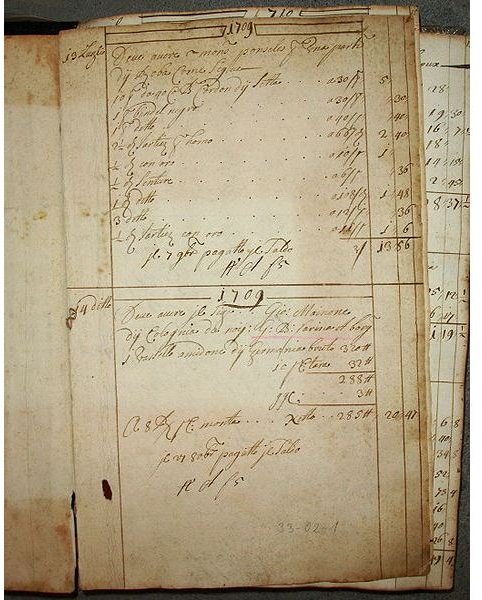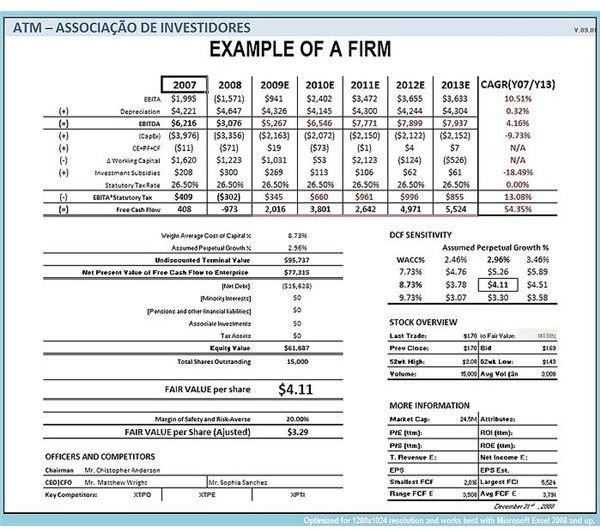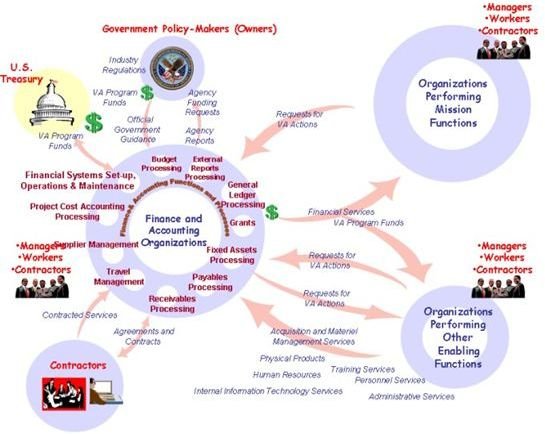Financial Statement Audit vs. Forensic Accounting - Compliance or Fraud?
The Main Difference between Financial Statement Audit Vs. Forensic Accounting: The Accountant’s Objectives
The users of financial audit and forensic examination reports are the key differences between the objectives of a financial audit vs. forensic examination.
The financial audit report will aid management as a tool for:
- Determining the efficiency of its marketing strategies.
- Evaluating the soundness of its internal control policies to safeguard the company’s assets.
- Reviewing compliance with company policies as well as governmental rules and regulations.
Forensic accounting on the other hand is more concerned in:
- Establishing the existence of fraud.
- Determining the extent of damage or losses involved as a result of the fraud or crime.
- The gathering of sufficient evidence for use by the courts of law to come up with a fair and judicial ruling for indemnification and/or prosecution.
Based on this, we have set forth below the different objectives of the financial statement audit vs. forensic accounting and the rationale behind each goal.
Financial Statement Audit Objectives:

(1) Determine if the figures presented are fair representations of the company’s operations for the year in order to come up with an accurate computation of tax liabilities.
(2) Verify if the report is substantially error-free. Adjustments or corrections, if any, must not result in any material difference that could alter the decisions of the financial statement users, had they been presented with the correct figures. It is quite important for public companies to present financial reports that reflect the genuine condition of the business to furnish investors and creditors with an accurate basis for investment or lending decisions.
(3) Assess if the figures presented were computed, estimated, recorded, and presented in accordance with the generally accepted accounting principles based on fundamental and GAAP rules. Management has to make competitive decisions by using the facts and figures contained in financial reports that were prepared with comparative uniformity against those of other companies engaged in a similar trade.
(4) Test-check the consistency by which said policies and procedures were applied. Inconsistencies in application of policies and procedures can cause distortion of ratios and proportions.
(5) Evaluate if the financial statements were prepared under an internal control structure, wherein counter-checking measures, aimed at minimizing and eliminating the occurrence of fraud or error, are integrated. In view of such counter-checking measures, assess the degree of compliance within the company as a whole to pinpoint possible breakdowns or weaknesses.
(6) Conduct a random check to find out if there are no breakdowns in internal control measures that may have allowed the perpetration of fraud.
(7) Trace material errors to determine their root causes, and find out how and if they were adjusted, rectified, or treated before they were used as figures for financial statement presentations.
(8) Make a report on all instances of errors noted, whether immaterial or substantial. Cite instances of noncompliance with internal controls, IRS or other government regulations, and any inconsistencies in the application of fundamental, GAAP, IRS, or company rules and policies.
(9) Make recommendations on how to preclude the recurrence of negative findings that present possible avenues for fraud perpetration or those that make the company vulnerable to third party liabilities including the IRS.
(10) Make a separate report about material findings that can substantially alter the results of operations. The report must contain the details, the causes, and recommendations for further investigations to determine the extent of damage that may call for legal actions against those responsible. In some cases, recommendations for damage control will also be necessary to curtail the company’s vulnerability to lawsuits.
Forensic Accounting Objectives:

A forensic accountant’s services may be needed by different types of individuals, institutions, industries, or organizations for the purpose of collecting financial evidence. This evidence can be used in court to settle a dispute or to support or negate claims for indemnification regarding losses sustained and to seek justice or redress against fraud perpetrator(s) for betraying trust and confidence.
(1) The objectives of a forensic accountant will vary according to the purpose of the hiring individual or entity; the main essence is to uncover fraud, crimes, and evasions of financial obligations or malpractices committed through manipulation of accounting records.
(2) In some cases fraud detection is necessary to uncover the identity of the perpetrator. Financial documents will be used as evidence to support the filing of a lawsuit to prohibit the culprit from causing further damage as well as to seek indemnification if the identity of the person(s) responsible is established. Establishing identities include those who connived with the main perpetrator, and the extent of their participation will likely be established.
Please click on page 2 for additional Forensic Accounting Objectives
Forensic Accounting Objectives (continued from Page 1)
(3) Establish the methods used to carry out the fraudulent or criminal acts committed by manipulating the concerned entity’s accounting records. These are the instances when such methods are carried out with subtlety that they require extensive and intensive investigations to prove that fraud or economic sabotage is indeed being committed.
(4) Determine the extent of economic losses or damages sustained and gather the financial records that will serve as strong evidence to sustain legal claims for recovery.
(5) Know of any other potential losses that may be impending or imminent and seek possible solutions to prevent such losses from actually happening.
(6) Trace and locate any lost assets for purposes of recovery or which may be instrumental in tracking the fraudster. Unaccounted assets and locating their physical existence may also be essential to the settlement of a dispute.
(7) Analyze, verify, and re-calculate if necessary the amount being claimed in court against the hiring company, which in this case is the one being brought to court. In view of this, it will also become necessary to determine the causes and the individuals responsible for placing the company into vulnerability and liability to lawsuits.
(8) Determine the extent of malpractice applied by other accounting professionals who became instrumental in presenting misleading financial reports that were vital to the decision-making process of the financial statement users like investors, creditors, tax assessors, or grantors of contracts, licenses, and permits.
(9) Follow through on the findings reported by the internal auditor pertaining to losses or indications of losses being suffered by the company as revealed during the process of financial audit. In this case, the hiring of a forensic accountant is the company’s reactive response to the internal auditor’s recommendation.
What Similarities Exist between Financial Statement Audit and Forensic Accounting?

In spite of these lengthy differences, there are similarities in the ways and methods of carrying out duties and responsibilities as a means to attain the objectives:
(1) The financial accountant also pursues the indications of fraud, prepares a report on the extent verified, and makes recommendations for further investigations. However, these functions are performed as a result of the financial audit review and not as the auditor’s main goal.
(2) Financial audit examination like forensic accounting includes verification and inspection of supporting documents to ascertain accuracy of claims against the company.
(3) Calculating valuations of assets to ensure that the company’s net worth are fairly valued, using methods prescribed by fundamental and GAAP rules.
(4) Reviewing methods of allowing credit, the effectiveness of enforcing credit requirements, the quality of creditors, and efficiency of collection efforts.
(5) Checking on compliance with statutory and regulatory requirements by governing bodies. In financial audit, the aim is to avoid penalties and sanctions; in forensic accounting, the objective is to determine the possible existence of third party claims or willful desire to evade the obligations.
(6) Confirming the genuineness and accuracy of receivable balances by sending out confirmation letters. Financial statement audit and forensic audit of banking institutions both include confirmation of balance and genuineness of accounts.
These are only a few of the similarities. Some may arise based on the need of the users, where the basic aim of the financial audit is to aid management, while forensic accounting generally seeks evidence to support litigations.
Summary:
As a summary, the key differences between financial statement audit vs. forensic accounting are the goals and objectives. In a financial statement audit, the main concern is compliance–to ensure that financial reports are based on prescribed rules, principles, and policies. The financial auditor’s scope of responsibility is mainly based on what is beneficial and in the interest of the company
In forensic accounting, the focus of concentration is on crimes and anomalies as well as their detection and unraveling. This includes any indications of fraud presented by errors and deviations, since the main objective is to gather evidence for litigation purposes. The forensic accountant’s scope of responsibility is broader because it includes public interests.
Reference Materials and Images Credit Section
Reference Materials:
- Zysman, Alan. Forensic accounting demystified, at https://www.forensicaccounting.com/four.htm#start.
- Association of Chartered Certified Accountants (ACCA) at https://www.accaglobal.com/pubs/students/publications/student_accountant/archive/sa_sep08_weaver.pdf
- Ohio Association of Municipal Court Clerks (OAMCC) at https://www.oamcc.com/pdfs/13%20-%20Auditing.pdf
Images:
- Wikimedia Commons:
- US Department of Veteran Affairs at https://commons.wikimedia.org/wiki/File:VA_Business_Line_Finance_and_Accounting.jpg
- Dwba at https://commons.wikimedia.org/wiki/File:DWBA_Inc%26Exp.jpg
- Dennis Barthel at https://commons.wikimedia.org/wiki/File:Farina-Journal-13Juli1709_Edit_Denis_Barthel.JPG
- Investor Association at https://commons.wikimedia.org/wiki/File:DCFM_Calculator.JPG
